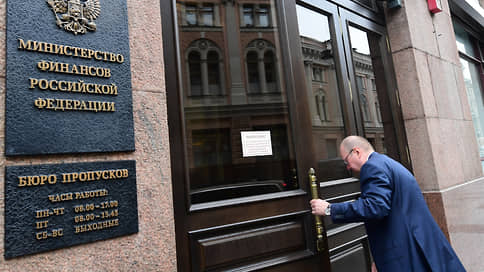Taxes and the National Welfare Fund withheld the ruble
[ad_1]

The stabilization of the ruble exchange rate (in March 2024 it weakened against the dollar by 1.5%) in the domestic foreign exchange market in March was facilitated by exporter sales against the backdrop of the tax period, as well as the tight monetary policy of the Bank of Russia, according to the latest “Review of Financial Market Risks” » regulator. The connection between the foreign exchange market and the world market remained close – “there were no significant differences between the cross rate of the yuan against the ruble (through CNY/USD in foreign trading) and the rate of the yuan against the ruble on the Russian exchange,” notes the Central Bank, probably illustrating its stability in the current conditions restrictions.
The main net sellers of currencies for rubles in the Russian Federation in March were systemically important banks and companies, as well as the Central Bank itself (as part of operations with the National Welfare Fund, net sales of yuan amounted to 148.5 billion rubles). The volume of net sales of foreign currency by exporters increased by 16% compared to February. The share of sales of foreign currency earnings of the largest exporters estimated by the Central Bank in January was 91% (94% in December 2023) – this is close to the maximums compared to 60% in August 2023, at the peak of the exchange rate crisis. It should be noted that in March the indicator also traditionally grows to its maximum due to tax payments.
As a result, the trading volume on the domestic foreign exchange market in March grew by 6.4%, to 10.1 trillion rubles, on the over-the-counter market – by 10.7%, to 13.4 trillion rubles, mainly due to trading in the yuan – its share in total turnover reached historical highs (exchange market – 53% against 46.6% in February, over-the-counter market – 39.6% after 32.5%). The influx of yuan reduced the share of “toxic” currencies in exchange turnover to 46.4% (from 52.8%) and to 54.7% (from 59.8%) in over-the-counter turnover. At the same time, a month earlier, payments in yuan for exports and imports in February dropped to $9.3 billion and $7.1 billion, respectively (30.2% of export revenue after 40.7% in January and 32.3% of import payments after 38.5 % in January) and were comparablely replaced by ruble transactions.
The total demand for currency from non-resident banks on the exchange and over-the-counter markets amounted to 564.8 billion rubles, almost unchanged. Banks that are not systemically important reduced their net purchases by almost a third, to RUB 244.6 billion. The population increased net purchases by half in March, to 155.5 billion rubles. (in February – 103.2 billion rubles), with 81% of purchases in dollars and euros.
[ad_2]
Source link






